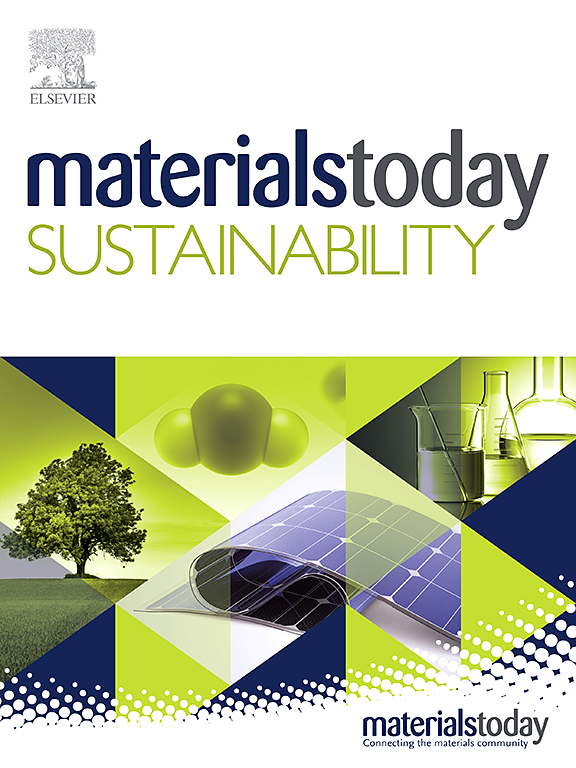Constructing organic-inorganic woven hybrid membrane for highly-selective catalytic conversion of lignin-based phenolic molecule to value-added products
IF 7.1
3区 材料科学
Q1 GREEN & SUSTAINABLE SCIENCE & TECHNOLOGY
引用次数: 0
Abstract
Addressing the global need for sustainable chemical processes, this study introduces an innovative Woven Hybrid Membrane (WHM) specifically designed for the efficient oxidation of vanillyl alcohol (VAA) to vanillin (VLN). This transformation is crucial for converting lignocellulosic biomass into valuable chemical products, aligning with sustainable development goals. Utilizing a novel catalytic system that combines 2,2,6,6-tetramethylpiperidine 1-oxyl (TMP) and copper on a unique mesh-like structure, the WHM enhances both the economic and environmental viability of the process. This design not only overcomes the limitations of powdered catalysts, which are challenging to recover and reuse, but also promotes high catalytic efficiency and selectivity. By employing oxygen as the oxidant, our system maintains near 100% selectivity for VLN, demonstrating high conversion rates across multiple cycles without significant degradation in performance. Advanced analytical techniques, including electrochemical analysis and Diffuse Reflectance Infrared Fourier Transform Spectroscopy (DRIFTS), were used to explore the catalyst's functionality and the reaction mechanism. The results confirm the stability and effectiveness of the WHM, showcasing its potential as a reusable, highly efficient, and environmentally friendly catalyst. This research represents a significant step forward in the field of sustainable industrial chemistry, offering a robust solution for the bio-refinery industry's push towards greener processes.
构建有机-无机编织杂交膜,用于木质素基酚类分子向增值产品的高选择性催化转化
为了满足全球对可持续化学工艺的需求,本研究介绍了一种创新的编织混合膜(WHM),专门用于将香草醇(VAA)高效氧化为香兰素(VLN)。这种转化对于将木质纤维素生物质转化为有价值的化工产品至关重要,符合可持续发展目标。WHM 采用了一种新型催化系统,将 2,2,6,6-四甲基哌啶 1-氧(TMP)和铜结合在一个独特的网状结构上,提高了该工艺的经济和环境可行性。这种设计不仅克服了粉末状催化剂难以回收和再利用的局限性,还提高了催化效率和选择性。通过使用氧气作为氧化剂,我们的系统对 VLN 保持了接近 100% 的选择性,在多个循环中均表现出较高的转化率,且性能无明显下降。我们采用了先进的分析技术,包括电化学分析和漫反射红外傅立叶变换光谱(DRIFTS),来探索催化剂的功能和反应机理。研究结果证实了 WHM 的稳定性和有效性,展示了其作为可重复使用、高效和环保催化剂的潜力。这项研究标志着可持续工业化学领域向前迈出了重要一步,为生物炼制行业推动绿色工艺提供了强有力的解决方案。
本文章由计算机程序翻译,如有差异,请以英文原文为准。
求助全文
约1分钟内获得全文
求助全文
来源期刊

Materials Today Sustainability
Multiple-
CiteScore
5.80
自引率
6.40%
发文量
174
审稿时长
32 days
期刊介绍:
Materials Today Sustainability is a multi-disciplinary journal covering all aspects of sustainability through materials science.
With a rapidly increasing population with growing demands, materials science has emerged as a critical discipline toward protecting of the environment and ensuring the long term survival of future generations.
 求助内容:
求助内容: 应助结果提醒方式:
应助结果提醒方式:


